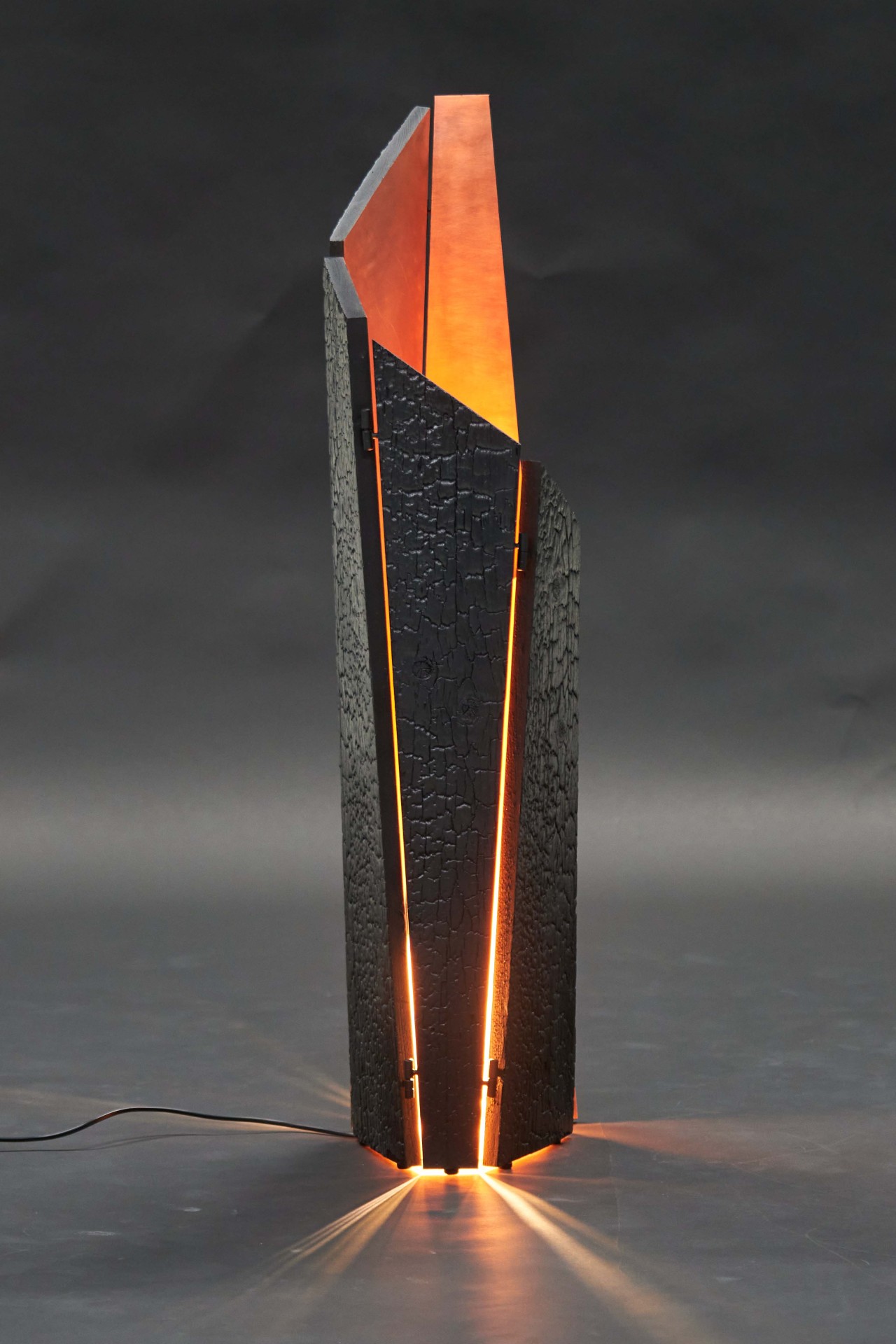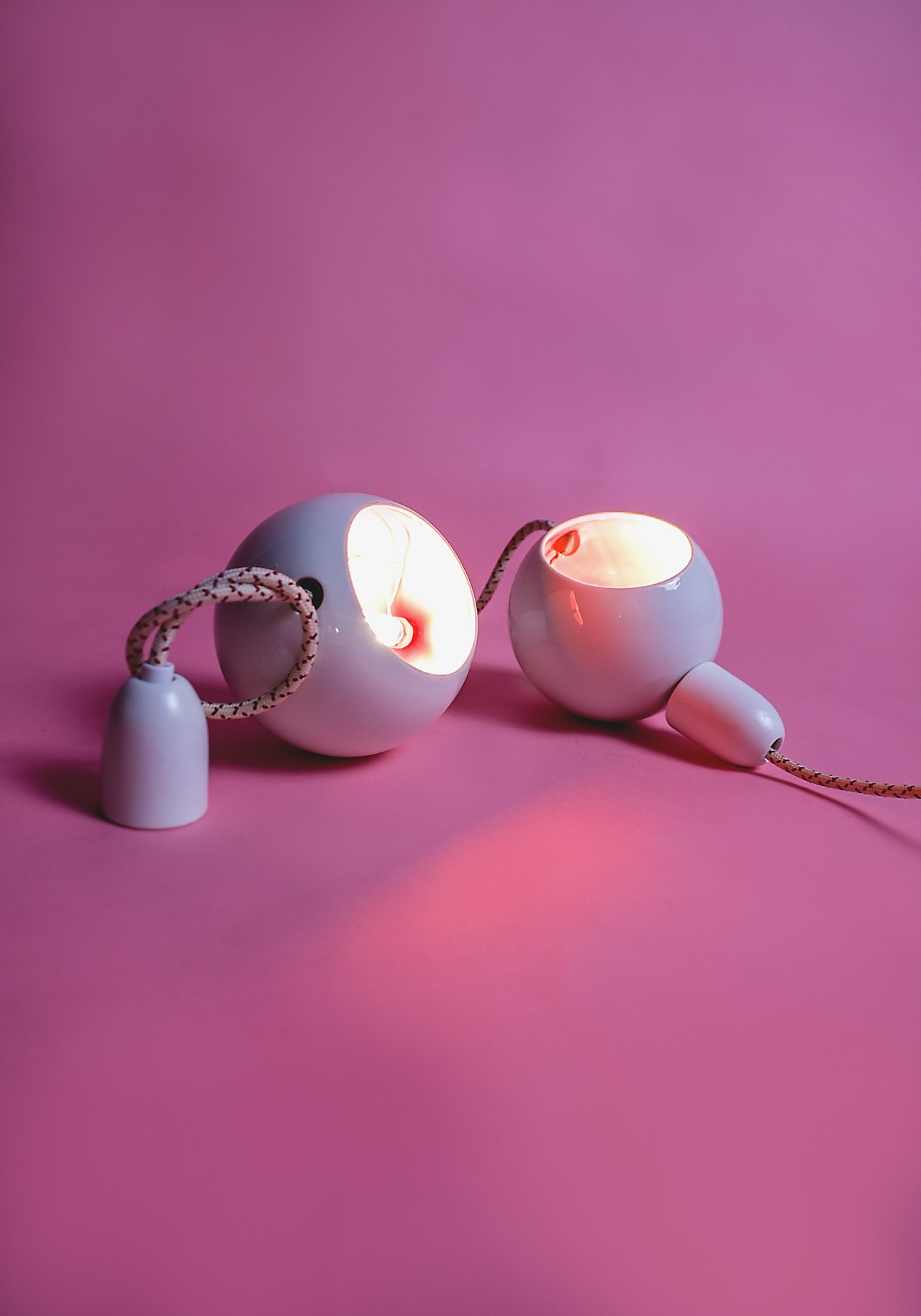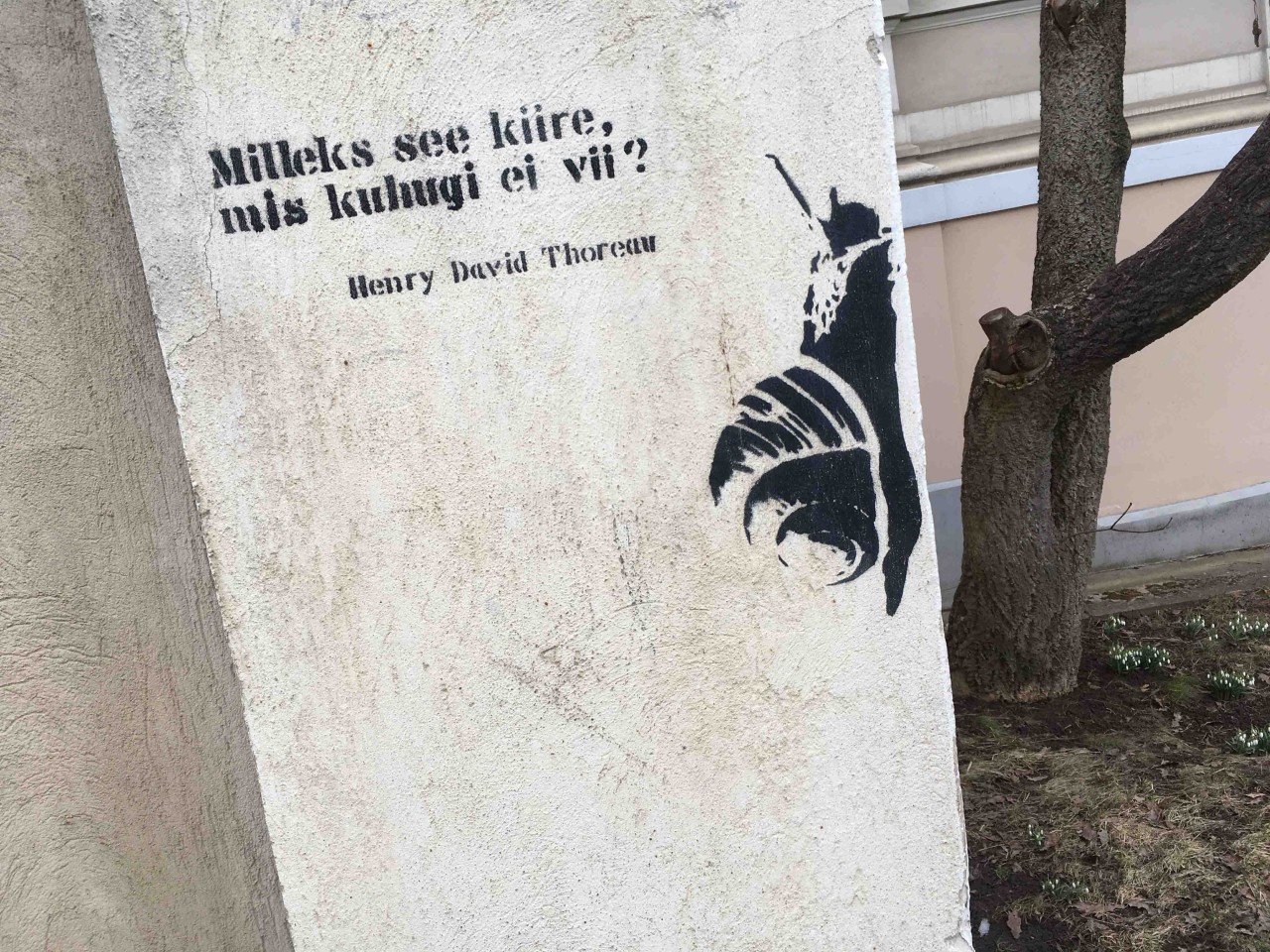Published on
30.06.2023
Maria Pukk is an associate professor and head of the department of industrial design at the Estonian Academy of Arts, she also works as a designer at the architectural bureau OAAS Arhitektid.
Triin Jerlei is an associate professor in the department of industrial design at the Estonian Academy of Arts, a curator and a design historian.
Despite the fact that the clock is ticking according to an objective, measurable scale with the same speed in step with our lives, the concept and perception of time is constantly changing. According to various studies, the older we get the faster time passes for us – this phenomenon is caused by the fact that children remember much more images than adults, and therefore for them, time as such incorporates imperceptibly more than for adults. And at the same time, the perceived acceleration can be caused by the enormous pace of our daily lives. One could sense the difference especially acutely during the pandemic when the majority of us were forced to slow down and get used to living in another rhythm. Instead of rushing to endless professional events, to the cafe to meet a friend, to go on a holiday, or to take part in wine and dine evenings, we suddenly had all the time in the world to stay home with our personal thoughts. Notwithstanding all the economic and social issues that the pandemic dragged us through, this slowness still had a calming charm. How could such calmness be applied in design and design education?
Numerous contemporary design methods and forms of expression are essentially aiming for speed. Late capitalism is oriented towards speed and productivity, the market demands more and more new products and quick solutions. For instance, the popular fast-paced format known as a ‘hackathon’ is a perfect example of this intensity. The format itself was born in the field of programming where it is possible to determine whether the code functions or not in an instant. If a code is erroneous, the program simply crashes and its consequences will be local. However, design, whether it results in a product, a digital solution or a user experience, is not subject to simple binary tests. Assessing an idea and its consequences may take years or even decades.
The dream of endless free time as a modern concept emerged only at the end of the 19th century, when people believed that by the year 2000 the amount of working time would be reduced to just a few hours a week. Back in the 1980s, people also believed that the improvement of robots and computers would save humanity from the burden of working and allow people to do what they like. In reality, however, the development of technology has led humanity into endless acceleration where it is important to always be available. Technological possibilities help us obtain the necessary information and make quick purchase choices within seconds but leave the non-existent time for the most important thing – the act of concentrating. When we slow down, we may find ourselves in a new situation and start seeing new details. When working slower, we will be able to make more responsible decisions that serve an especially important part in the design process.
Slow design as a defined and conscious phenomenon grew out of the slow food movement that was popular in Italy in the 1990s. The founder of the movement, Carlo Petrini, declares in the manifesto that the purpose of the slow food movement is to value foods that may not be profitable in the modern world and are therefore at risk of extinction
According to the manifesto of slow
Reveal
Expand
Reflect
Engage
Participate
Evolve
Therefore, slow design takes into account real and long-term solutions rather than quick fixes; it also values environmental, social and cultural sustainability. An essential idea emerges from these principles: slow design must not only offer a different pace for the user but also require this from the designer. The Estonian textile artist and designer Krista Leesi has used the expression “the fruitful doing of nothing”, which means that designers also need time for contemplation in order to be creative and generate ideas. In a way, we can compare this dualism to the contrast between the negative and positive space – one cannot emerge without the other.
Anders Munch and Hans-Christian
One does not have to view slow design as a subtype of design – it also provides a framework for thinking about the thing to be created or produced. This is how various designers and theoreticians have adapted it while considering site- and time-specific issues. For instance, Margot
In the autumn semester of 2022, the course “Slowness” took place as a collaboration between the product design and ceramics departments at the Estonian Academy of Arts. The course was supervised by Maria Pukk, Heikki Zoova and Karin Kalman and the subject was based on site-specific issues.The subject was initiated by the principles of slow design, in which the designer keeps focusing on three aspects. When creating an object, the designer has to take into account and be in dialogue with the environment, socio-cultural background and the needs of an individual. At the beginning of every project, the designer always has to ask themselves how the project will relate to the needs and possibilities of the environment in every phase of the project; what the socio-cultural background of the project is and how individuals will start using it.
The participants of the “Slowness” course focused on the best features of the former mass production company Estoplast and started to re-define the features as well as apply these to the modern context. Estoplast mainly taught them about the durability of design – many lamps still live their lives in different interiors, from summer cottages to modern retro homes. In addition, the course also focused on looking for local slow production methods and primary components that were natural and renewable, as well as the examples and uses of slow design.
An analysis of artworks created during the “Slowness” course

Erik Heiki Veelmaa and Karl Kukk used various methods of experimenting with materials in their work. As the basis for their project, the students relied upon the possibilities and the know-how of the DiMa lab of sustainable design and materials at the Estonian Academy of Arts while using Furcellaria lunbricalis or red algae, an inexhaustible natural resource in Estonia. To make the lamp constantly change in time, the students used various ways of heating and drying the materials as well as different methods of moulding. According to the changes happening in the surrounding environment, the material of the lamp either expands or shrinks. The structure of the material with different transparency gives every lamp a unique appearance. The perfection of the technical details and construction as well as the organic undulation of the surfaces of algae create a striking contrast between the materials and makes the viewer think about the reasons behind the selected solutions.

Risto Tepper used an entirely different approach to interpreting industrial heritage while using the formal logic of the well-known desk lamp “Vana Toomas” produced by Estoplast. He transformed the regular geometric form of the existing lamp and designed a new, more dynamic shape for his lamp “Yaki”. The permanence and durability of the lamp are determined by its dynamics. The so-called globe of the lamp stands separately from the light source and allows endless interpretations. It has a smooth and reflective surface on one side and a structural matte wooden surface created using the Japanese technique yakisugi on the other side. The result allows the user to create the effect of a glowing logfire. Therefore, the lamp refers to slowness and permanence both through its design process, subject matter and production method.

The starting point for Mariann Hendrikson’s lamp was the form of the “E-472” lamp produced by Estoplast. The former mass-produced lamp in the shape of a globe was placed into a new context. A plastic dome lamp was transformed into a manually moulded ceramic globe. Every globe behaved differently during the firing phase and the result was an intricate imperfection, expressed in the uneven form of the hole for the light. And this, in turn, brings forth the geometric shape and technical details of the form that the author has deliberately left unhidden. The lamp user can add more lamps very easily so that a light chain is formed. The universality of the lamp lies in the fact that all parts of the lamp are easily replaceable and the lamp itself can be endlessly attached to similar lamps; its form is also timeless.
Slow design cannot be learned nor taught using only the project-based method; slow thinking should be integrated into design-related studies in a more general way. In addition to the usual focus related to ergonomics and circular principles, one should also keep applying the values of slowness. One should always take into account the responsible use of local resources, valuing local communities and cultural heritage, as well as creating products that stand the test of time. The approach towards the systematic defining of a product should be followed during every stage of the design process. The more thinking is included, the more questions will arise, thus resulting in better solutions.
In his letter sent in the early 20th century, poet Rainer Maria Rilke advised the young poet Franz Xaver Kappus to be patient with unresolved questions and to learn to love the questions themselves. The same could be said of slow design: the journey is as important as the final result both in the learning process and design practice.

References
- Manzini, Ezio, ‘Making Things Happen: Social Innovation and Design’, Design Issues, 30(1) (2014), pp. 57–66.
- Strauss, Carolyn F. and Alastair Fuad-Luke, ‘The slow design principles’, Proceedings of “Changing the Change”, 14(2008).
- Munch, Anders V. and Hans-Christian Jensen, ‘Selling Time: Multiple Temporalities in the Promotion of Danish Design Classics’, Journal of Design History, 35(1) (2022), pp. 53–69.
- Muir, Margot, ‘Slow Design (Into Eyilwe Ngokwendeleyo): The Potential for a Decolonized Space Through Graphic Design.’ Design Education Form of Southern Africa, 14th National Design Education Conference (2017).
- Gasparin, Marta, William Green and Christophe Schinckus, ‘Slow design‐driven innovation: A response to our future in the Anthropocene epoch’, Creativity and Innovation Management, 29(4) (2020), pp. 551–565.